Grand concourses, echoing tunnels, and empty piers once choreographed the constant movement of travelers. Today many of these places sit in a strange quiet, carrying the weight of stalled histories and frozen ambitions. Wars halted flights, new terminals replaced old ones, and budget cuts paused projects midstream. What remains are structures that still feel ready for motion, even as nature and neglect pull them slowly into stillness.
Nicosia International Airport, Cyprus
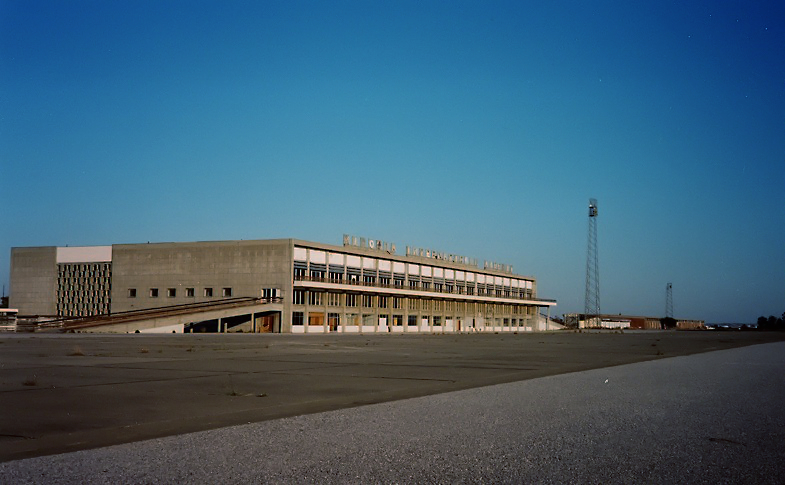
Nicosia International Airport rests inside the UN buffer zone where commercial flights stopped in 1974. Check-in counters sit untouched, departure boards are frozen, and abandoned aircraft slowly sink into the cracked pavement. The terminal now serves limited peacekeeping functions, leaving most of the property sealed off. Its silence feels heavy, shaped by decades of political tension and a conflict that never truly drew a final line under its own story.
Ellinikon International Airport, Athens, Greece
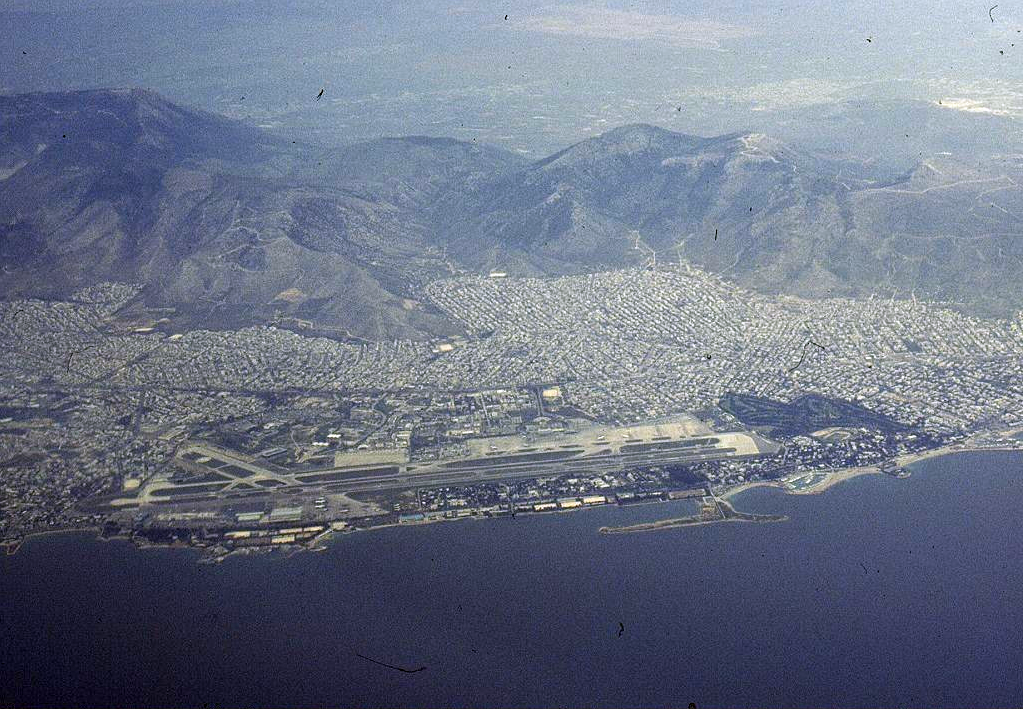
Ellinikon served as the main entry point to Athens until 2001, when all operations shifted to the new airport. Olympic venues briefly filled parts of the property, but most of the runways and terminals stood abandoned, baking in coastal sun and salt. Rusted stairs, idle equipment, and wind-swept aprons marked a long pause. Redevelopment is finally reshaping the enormous site, yet its stillness remains a vivid memory along the shoreline.
Kai Tak Airport, Hong Kong

Kai Tak sat on a narrow peninsula in Victoria Harbour, demanding dramatic low-altitude turns over crowded districts. After its 1998 closure, the terminal emptied almost instantly and the long runway lay exposed to weather as debates about redevelopment dragged on. Even as new housing and cruise facilities rise along the waterfront, aviation fans still hold onto memories of the checkerboard approach and the adrenaline that once defined this improbable airfield.
Berlin Tempelhof Airport, Germany
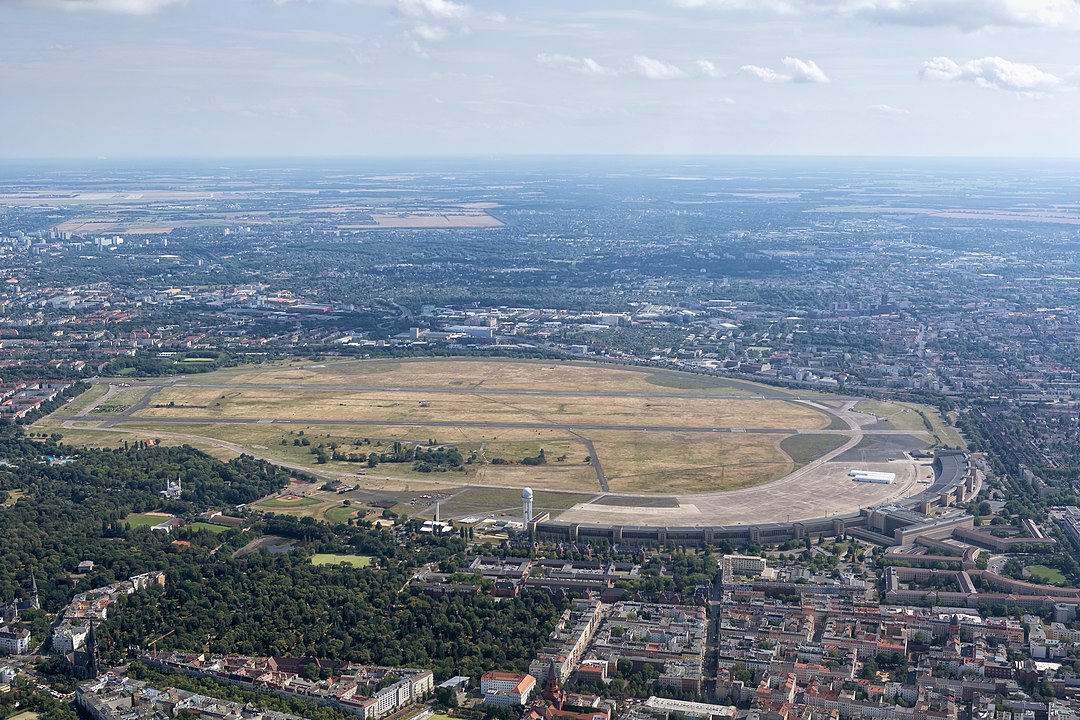
Tempelhof became world-famous during the Berlin Airlift, when aircraft landed nonstop to supply a blockaded city. After the airport closed in 2008, its vast fields and curved terminal felt almost unreal without planes. The property eventually opened as a huge urban park where people fly kites, ride bikes, and host picnics on former taxiways. The terminal still watches over the field with a gravity that recalls both war and reinvention.
Michigan Central Station, Detroit, Michigan
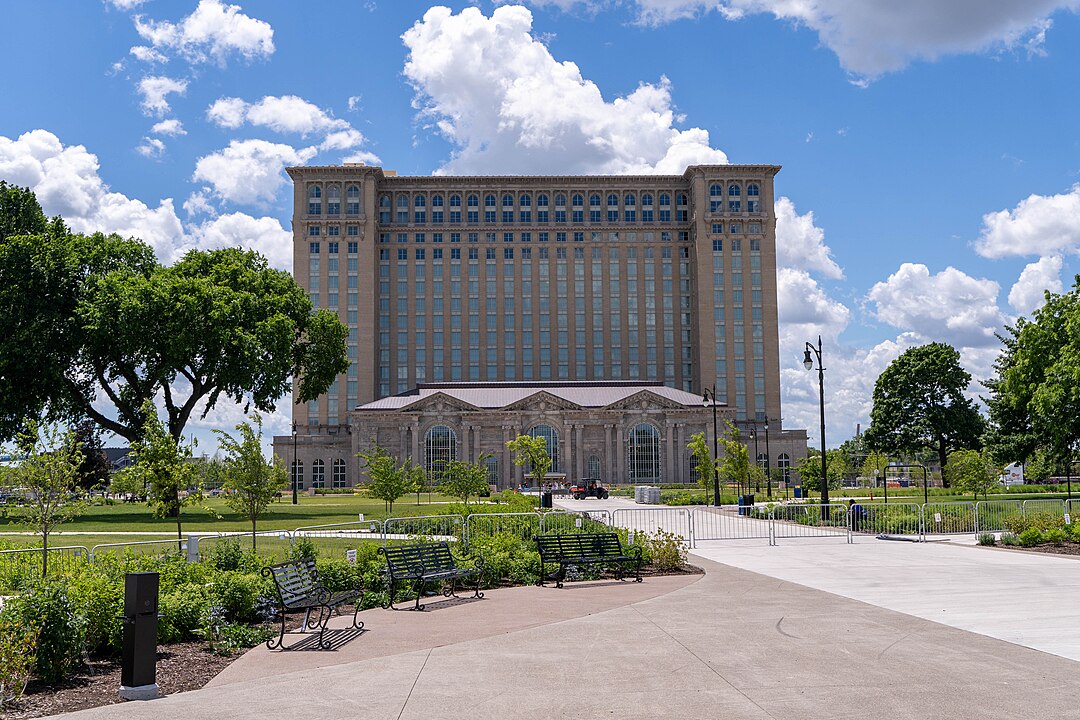
Michigan Central Station opened in 1914 as a grand rail terminal before slipping into abandonment after 1988. Its cavernous concourse, shattered windows, and stripped interiors turned it into a symbol of Detroit’s struggles. Photographers documented its eerie beauty for years while the building waited for a second chance. A massive restoration has finally revived the structure, but the memory of its long silence still shapes how many people picture it.
Canfranc International Station, Spain
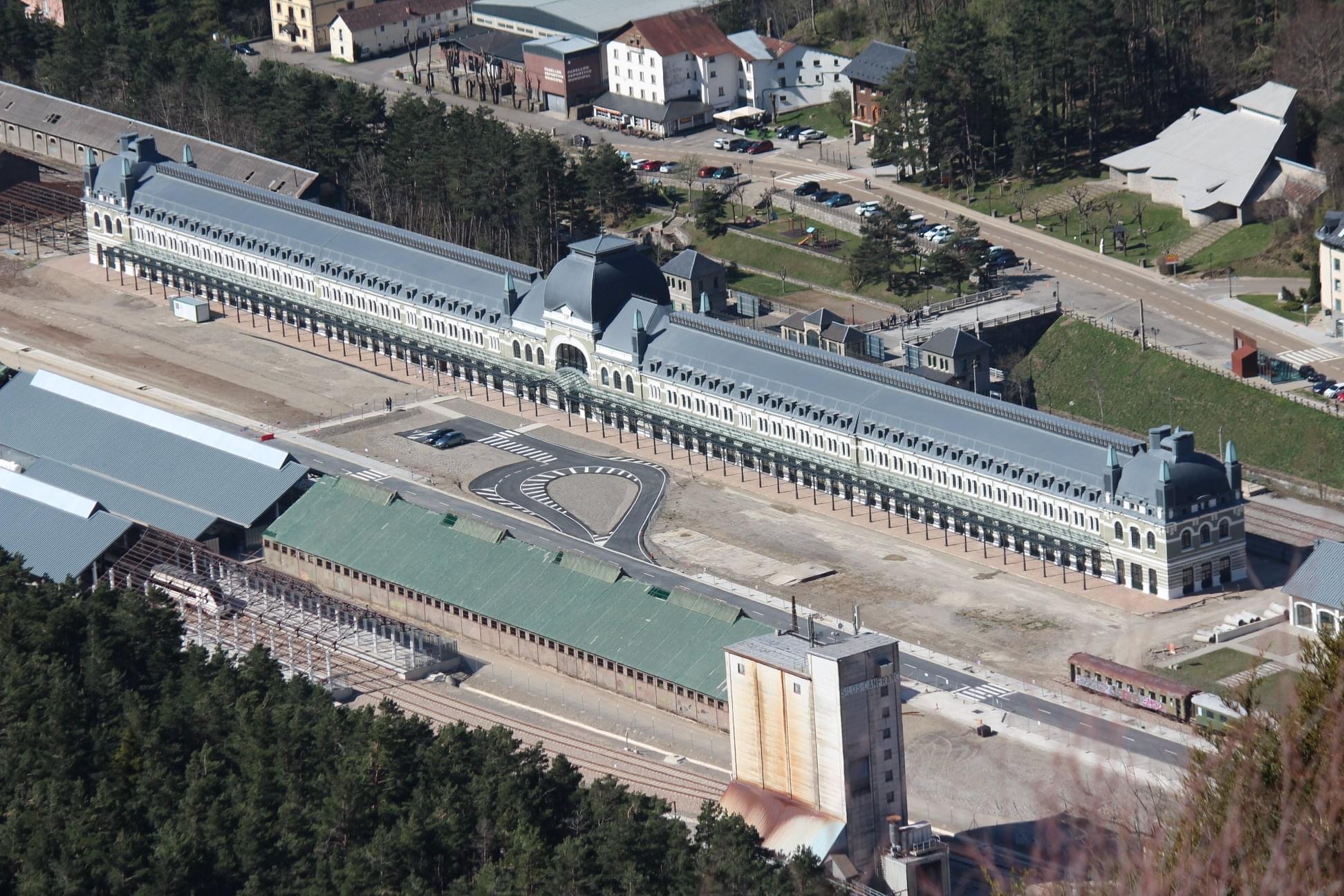
Canfranc sits in the Pyrenees like a forgotten palace of rail travel. Built in 1928, it once linked Spain to France through a mountain route that fell apart after accidents, conflict, and a collapsed bridge. Passenger services faded, leaving a colossal terminal surrounded by snow-covered peaks. Recent renovations turned the building into a hotel, but the long platforms and empty mountain air still carry the feeling of trains that never returned.
City Hall Subway Station, New York City
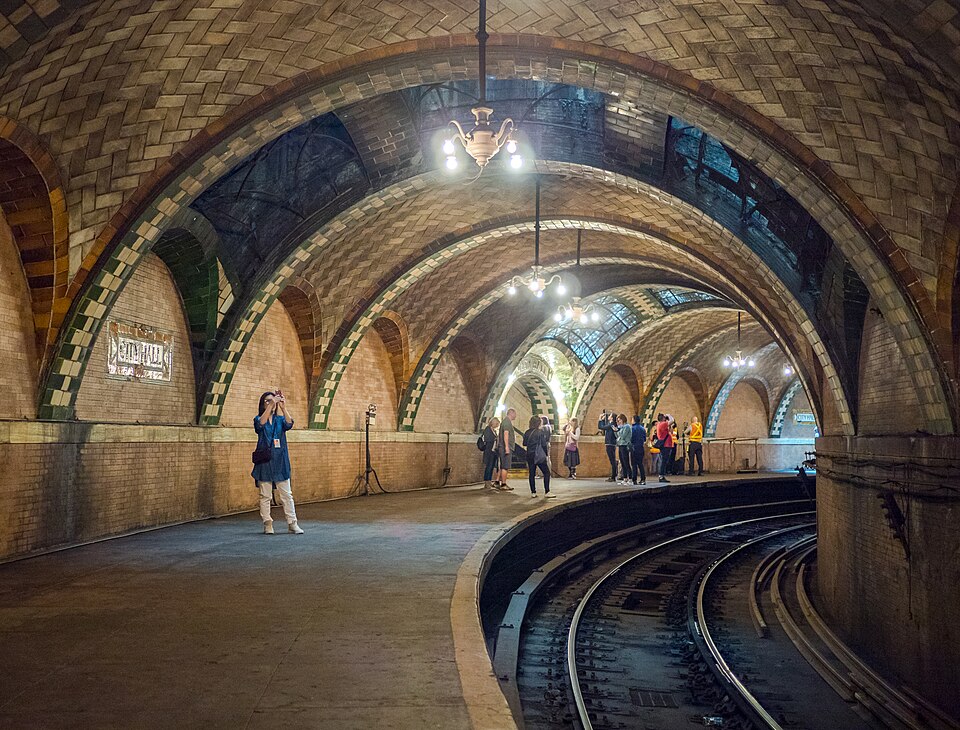
The original City Hall station curves beneath Manhattan with elegant brickwork, skylights, and detailed tile that feel closer to a civic hall than a train platform. Opened in 1904 and closed in 1945, it now sits on a loop where modern trains pass without stopping. Rare museum tours allow visitors to step inside and sense how carefully early subway designers approached public space. The station remains frozen in its own quiet glow.
Cincinnati Subway, Ohio
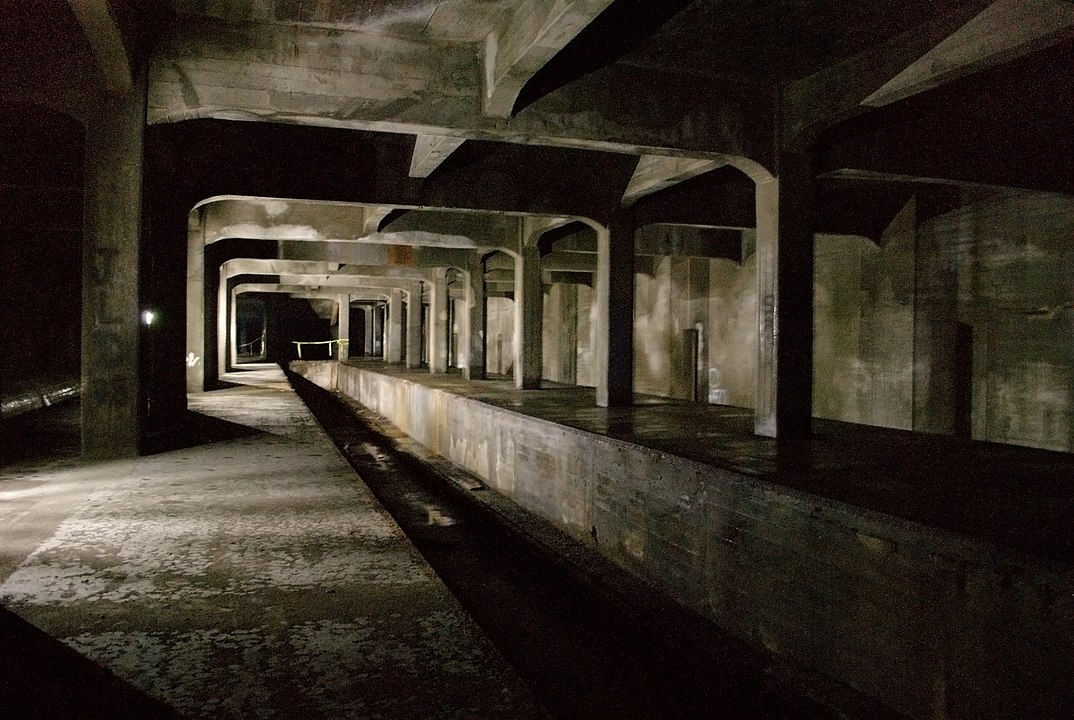
Cincinnati planned an ambitious subway system in the early 1900s but ran out of funds and political momentum before it opened. Several miles of tunnels and platforms still sit below the city, sealed yet intact, carrying pipes and cables instead of passengers. Occasional tours reveal bare concrete, empty vaults, and faint echoes that suggest what might have been. It stands as a reminder that large ideas can fail slowly, silently, and completely.
Hashima Island Landing, Nagasaki, Japan
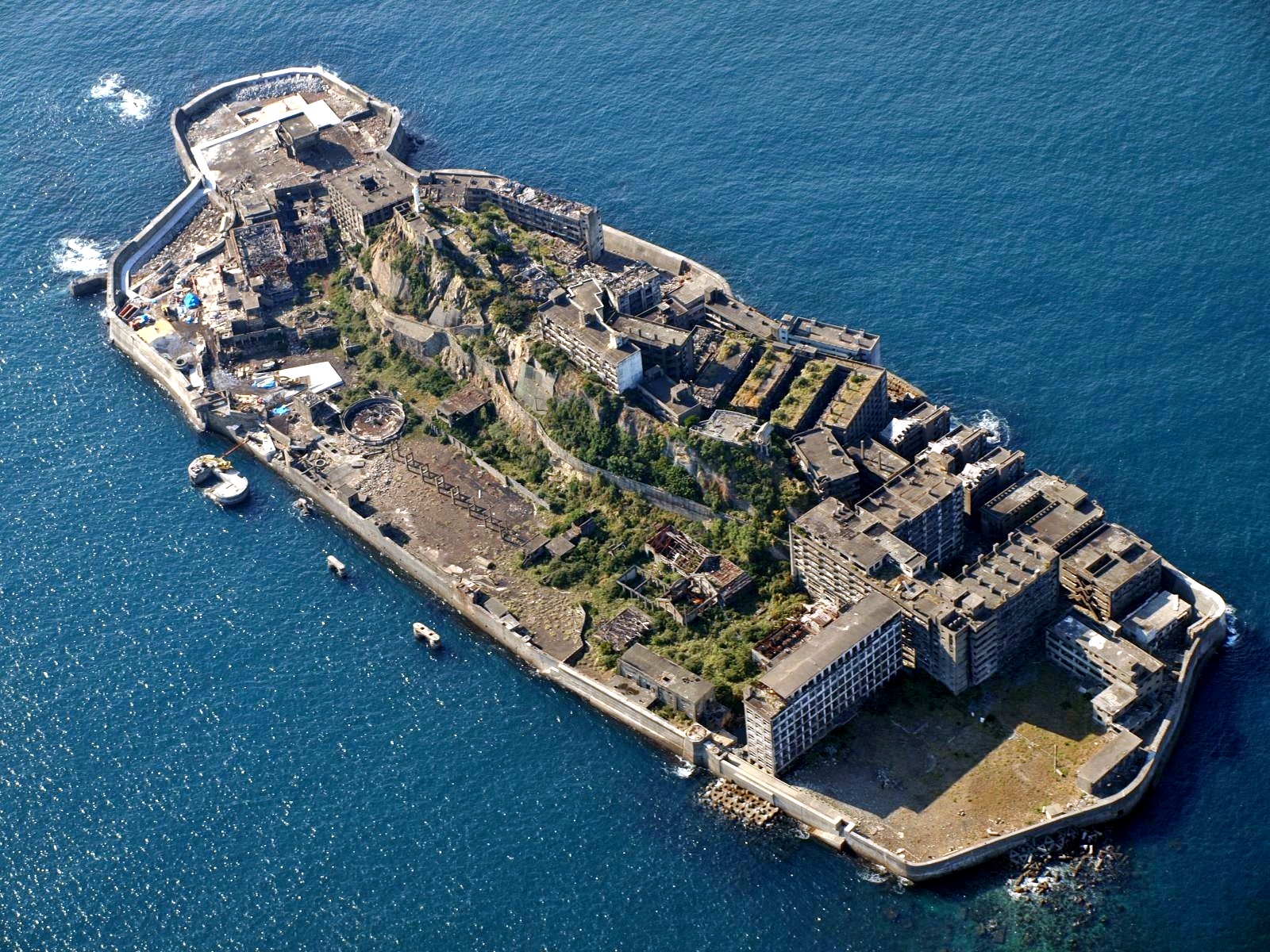
Hashima Island once thrived as a coal-mining settlement, with workers arriving by boat at a narrow concrete landing that served as the island’s only lifeline. At its peak thousands lived in tightly packed apartment blocks that now crumble in the sea air. When the mine closed in 1974, the island emptied almost overnight, leaving the landing and buildings to decay. Sightseeing boats now circle a stark reminder of how quickly industrial towns can vanish.
Sokhumi Railway Station, Abkhazia
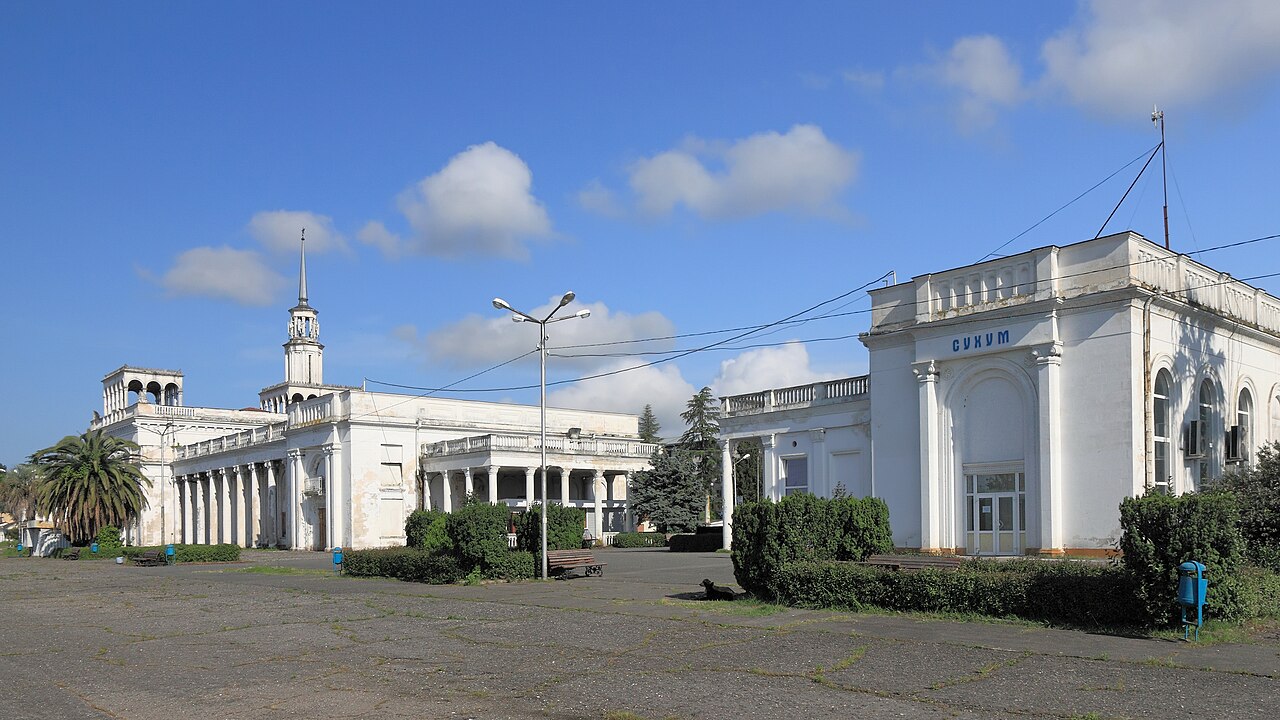
Sokhumi Railway Station once welcomed tourists traveling to the Black Sea, its grand halls and ornate details marking the start of summer holidays. Conflict in the early 1990s changed everything, interrupting services and leaving the station scarred and largely unused. Overgrown tracks and peeling plaster reveal decades of neglect, while the surrounding city moves at a slower rhythm nearby. The building holds a faded elegance that hints at a very different past.


